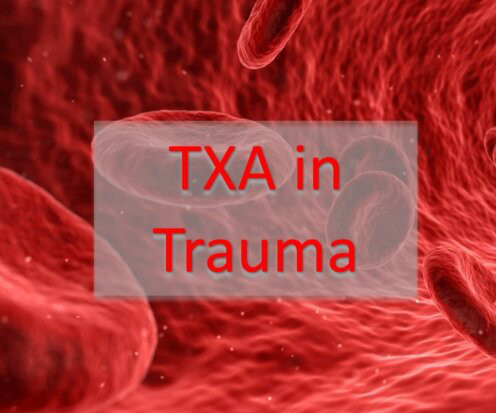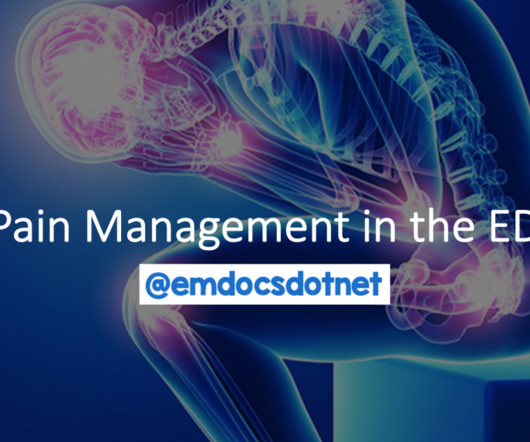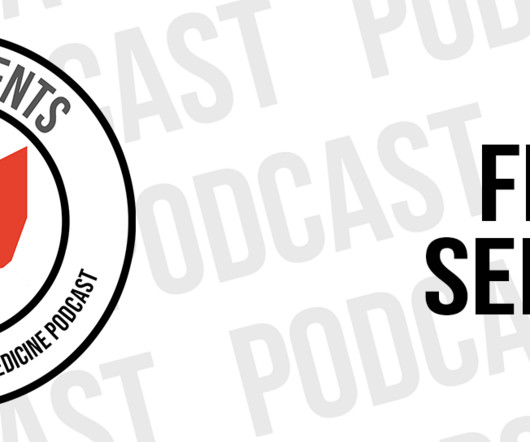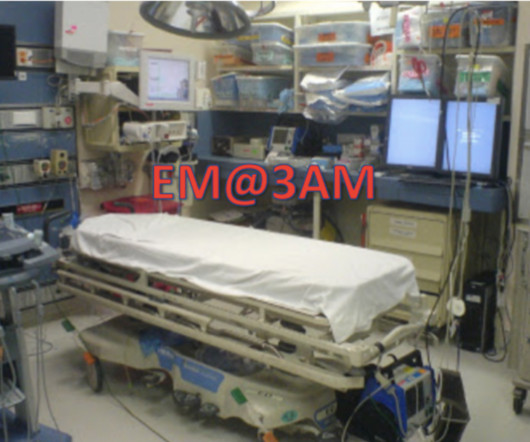Diagnostics and Therapeutics: The Who, What, Where, When and Why of Lumbar Punctures
Taming the SRU
FEBRUARY 5, 2024
The LP is now a standard procedure and in 2010 well over 135,000 LPs were performed in Emergency Departments throughout the US (3). WHO - Who Needs an LP in the ED? Patients with concern for infection (i.e., As may be seen in the table below, there are several themes as well a range of stringency.






















Let's personalize your content